4.1 Structure of DNA Worksheet
The structure of DNA is a fascinating topic that often requires a visual aid to truly understand. That's why we have created a comprehensive worksheet to help you grasp the complex concept of DNA structure. Whether you are a biology student studying for an exam or a science enthusiast hoping to expand your knowledge, this worksheet is the perfect tool to enhance your understanding of this crucial biological entity.
Table of Images 👆
More Other Worksheets
Kindergarten Worksheet My RoomSpanish Verb Worksheets
Cooking Vocabulary Worksheet
DNA Code Worksheet
Meiosis Worksheet Answer Key
Art Handouts and Worksheets
7 Elements of Art Worksheets
All Amendment Worksheet
Symmetry Art Worksheets
Daily Meal Planning Worksheet
What is DNA?
DNA, or deoxyribonucleic acid, is a molecule that contains the genetic instructions for the development, functioning, growth, and reproduction of all living organisms. It is made up of a long chain of nucleotides that are arranged in a specific sequence, and this sequence determines an organism's traits and characteristics. DNA is essential for life as it serves as the genetic blueprint that carries all the information needed for an organism to thrive and survive.
What are the building blocks of DNA?
The building blocks of DNA are nucleotides, which consist of a sugar molecule (deoxyribose), a phosphate group, and one of four nitrogenous bases - adenine (A), thymine (T), cytosine (C), or guanine (G). These nucleotides are arranged in a specific sequence to form the double helix structure of DNA, which encodes genetic information in living organisms.
Describe the structure of DNA.
DNA, or deoxyribonucleic acid, is a double-stranded molecule that forms a double helix structure composed of nucleotides. Each nucleotide consists of a sugar (deoxyribose), a phosphate group, and one of four nitrogenous bases: adenine (A), thymine (T), cytosine (C), and guanine (G). The two strands are connected by hydrogen bonds between complementary base pairs (A-T and C-G), with the strands running antiparallel to each other. The sequence of these base pairs along the DNA molecule contains the genetic information that codes for an organism's traits and functions.
What is the role of nucleotides in DNA?
Nucleotides are the building blocks of DNA and play a crucial role in storing, transmitting, and expressing genetic information. Each nucleotide consists of a sugar molecule, a phosphate group, and a nitrogenous base (adenine, thymine, cytosine, or guanine) that form the DNA double helix structure. The sequence of nucleotides in DNA determines the genetic code that defines an individual's unique traits and characteristics, making nucleotides essential for the genetic information storage and replication processes in living organisms.
How are the two strands of DNA held together?
The two strands of DNA are held together by hydrogen bonds between complementary nitrogenous bases. Adenine pairs with thymine, and guanine pairs with cytosine, forming stable base pairs that hold the double helix structure of DNA together.
Explain the complementary base pairing in DNA.
Complementary base pairing in DNA refers to the specific hydrogen bonding between adenine and thymine, as well as guanine and cytosine. Adenine always pairs with thymine through two hydrogen bonds, while guanine always pairs with cytosine through three hydrogen bonds. This bonding pattern ensures accurate replication of DNA during cell division and is crucial for maintaining the genetic code. It also allows for the unique double-helix structure of DNA, providing stability and facilitating various biological processes such as transcription and translation.
How does DNA replicate?
DNA replication is a complex process that involves enzymes unwinding the double helix structure of the DNA molecule, creating two separate strands. Each strand then serves as a template for the synthesis of a new complementary strand by adding nucleotides, which are the building blocks of DNA. The end result is two identical daughter DNA molecules, each containing one original parental strand and one new strand. This process ensures that genetic information is preserved and passed on accurately during cell division.
What is the function of DNA helicase in DNA replication?
The function of DNA helicase in DNA replication is to unwind and separate the double-stranded DNA molecule into two single strands. This process is essential for the replication machinery to access the DNA strands and proceed with the copying of genetic information. DNA helicase moves along the DNA molecule, using energy from ATP hydrolysis to break the hydrogen bonds between the base pairs and create the replication fork where new DNA strands can be synthesized.
What is the significance of DNA replication in cell division?
DNA replication is crucial in cell division because it ensures that each daughter cell receives an exact copy of the genetic information from the parent cell. This process allows for accurate transmission of genetic material from one generation to the next, maintaining the genetic integrity of the organism. Without accurate DNA replication, mutations and errors in genetic information could occur, leading to detrimental effects such as genetic diseases or cell death. Thus, DNA replication plays a vital role in ensuring the proper functioning and survival of cells during division.
How does the structure of DNA determine its function in transmitting genetic information?
The structure of DNA, with its double helix shape and complementary base pairing, allows for the precise encoding and transmitting of genetic information. Each nucleotide base pairs with its complementary base, adenine with thymine and cytosine with guanine, ensuring accuracy in replication. The specific sequence of these base pairs along the DNA molecule forms genes, which contain instructions for the synthesis of proteins. Additionally, the double helix structure allows for easy access to the genetic information stored within DNA, facilitating processes such as transcription and translation that ultimately enable the transmission of genetic information during cell division and protein synthesis.
Have something to share?
Who is Worksheeto?
At Worksheeto, we are committed to delivering an extensive and varied portfolio of superior quality worksheets, designed to address the educational demands of students, educators, and parents.

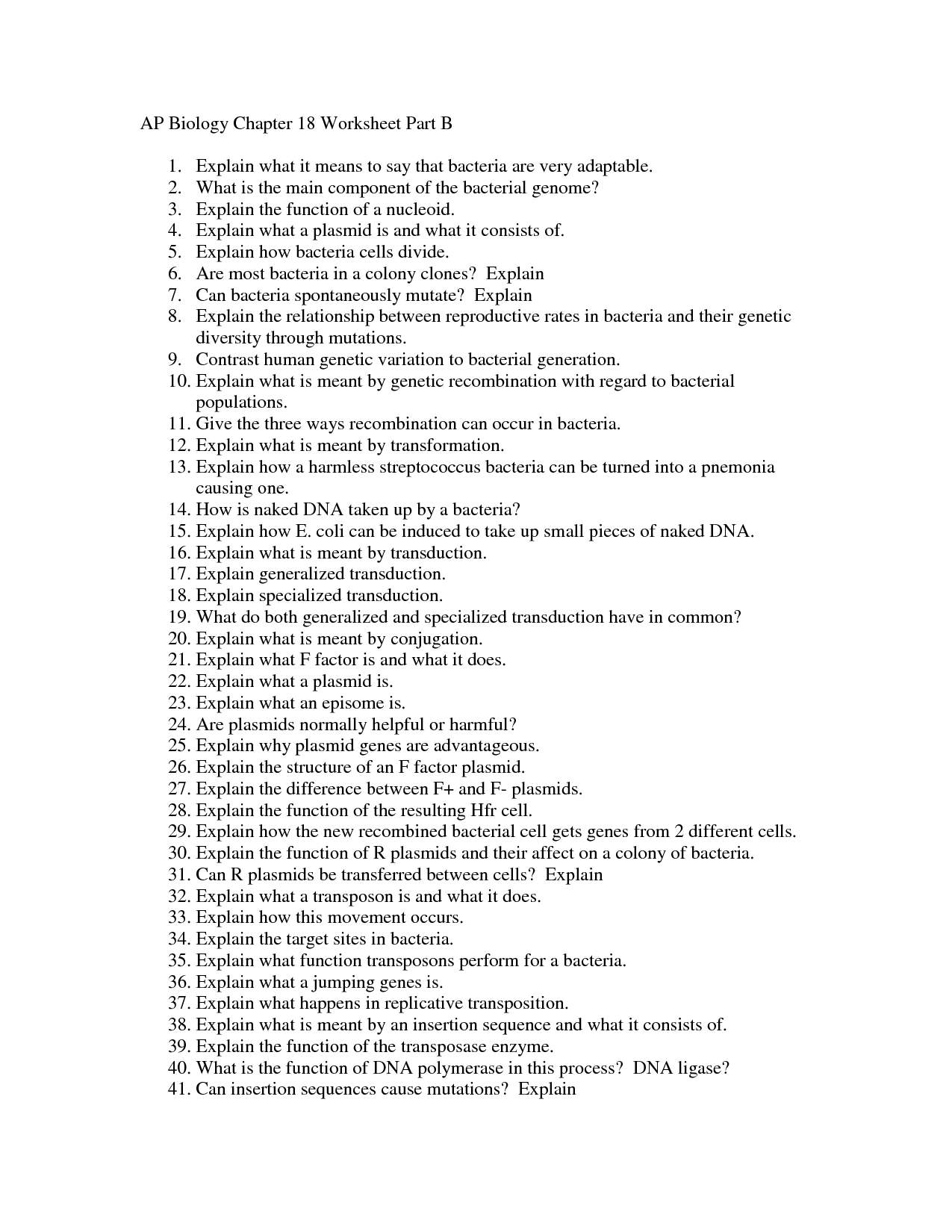



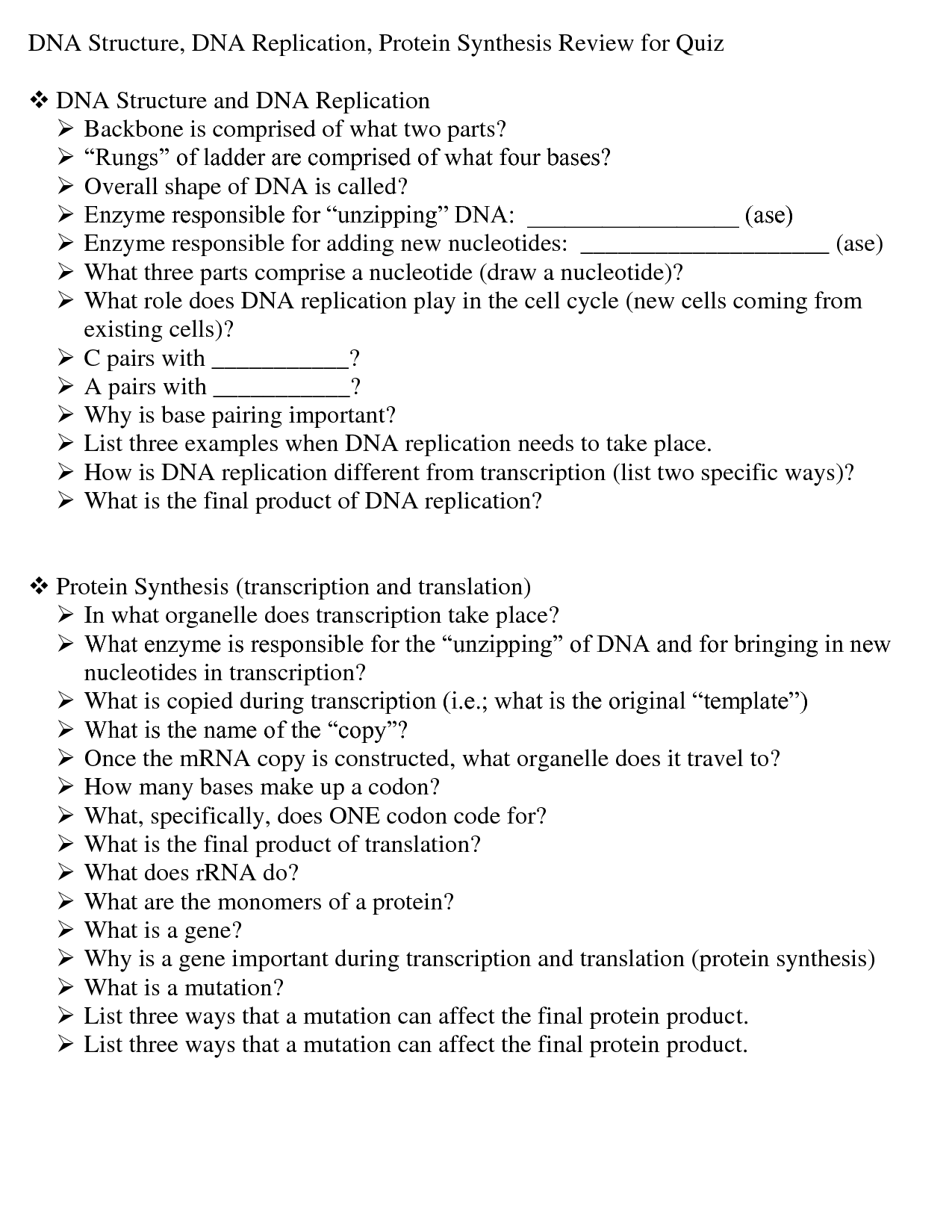
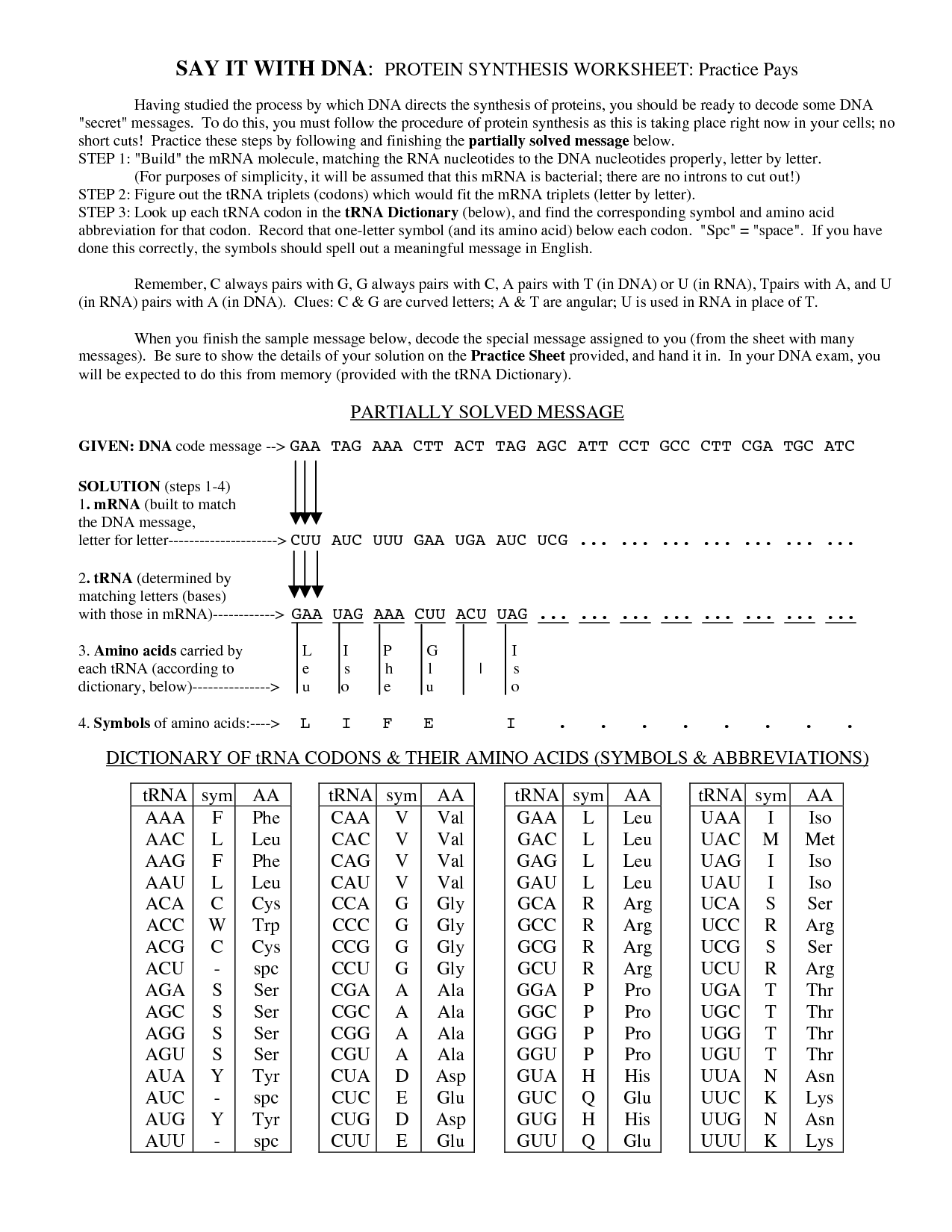

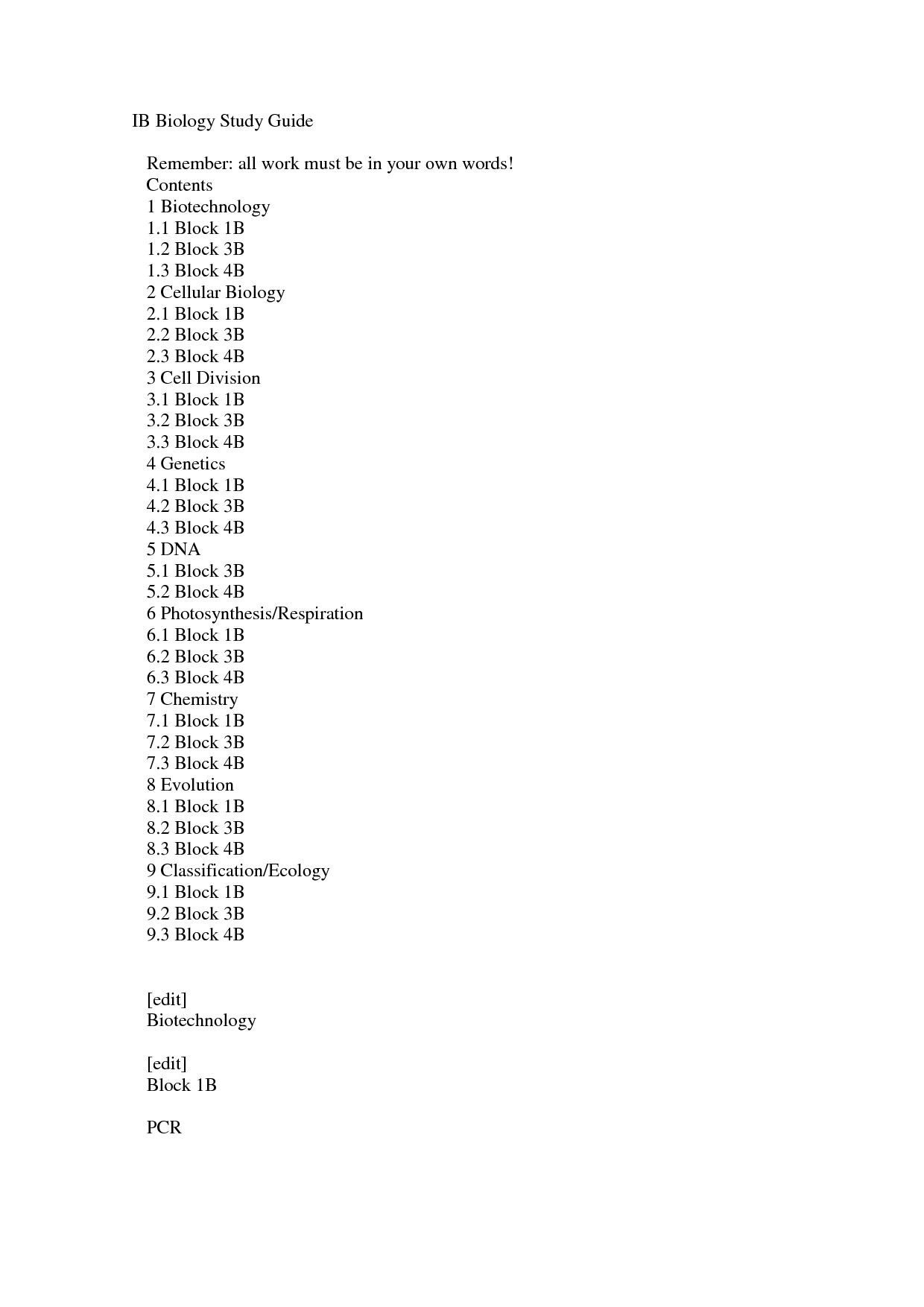

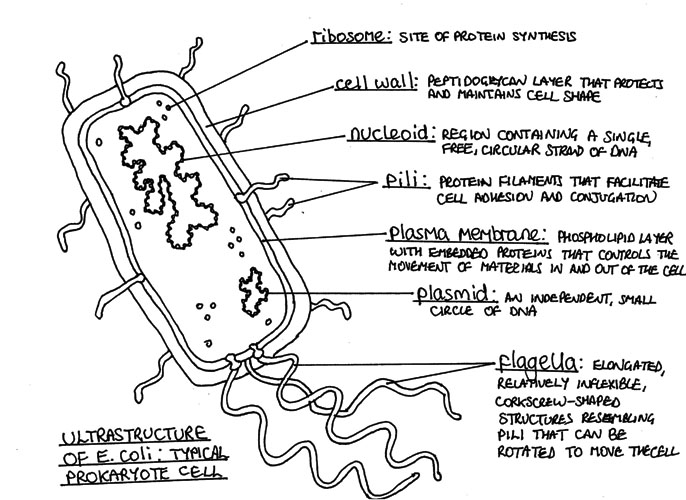
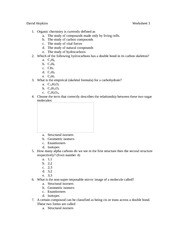
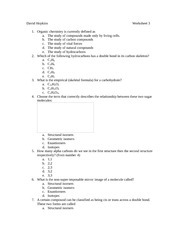
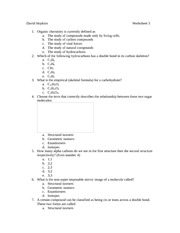
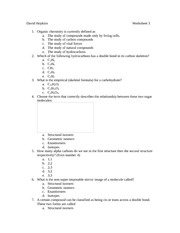
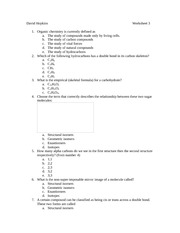
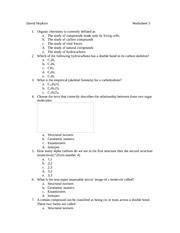
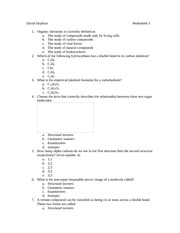
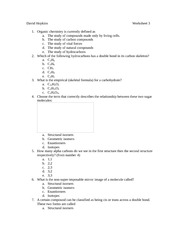
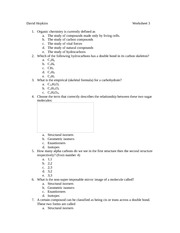
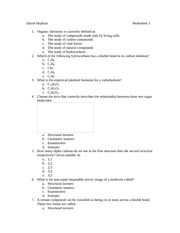
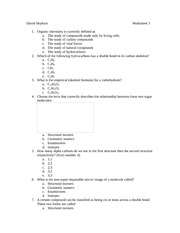















Comments